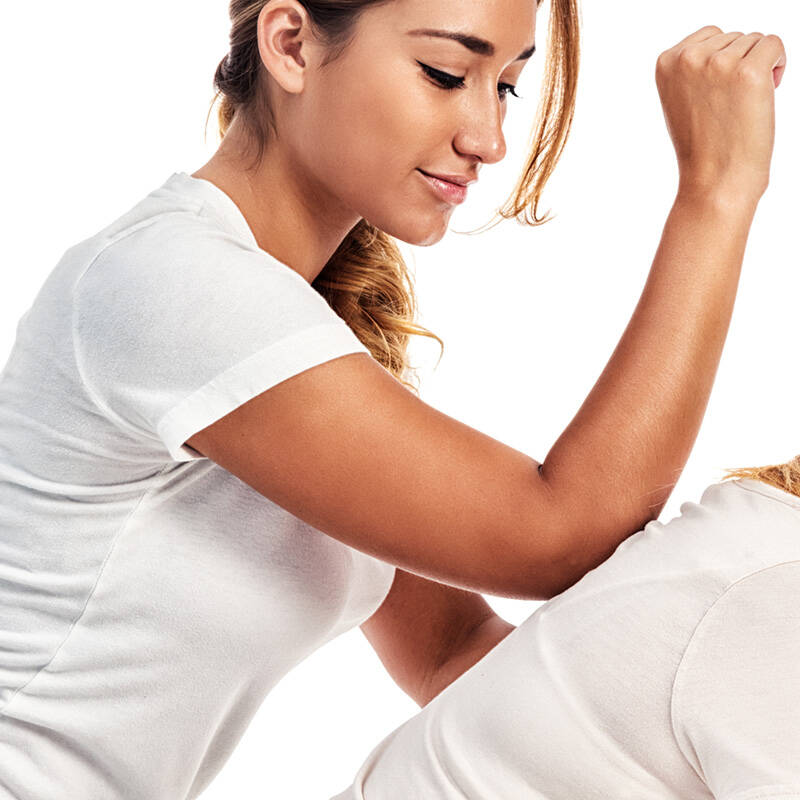Understanding Massage Therapy
If you are thinking of training in massage therapy it is important to understand what massage is, what its benefits may be, what different types there are and where you might expect to work as a therapist.
Massage is recognised as one of the oldest therapies, with references in medical texts dating back nearly 5,000 years.
Due to the growth in demand for massage therapy by the public and as a larger number of people are taking a more active role in looking after their health & wellbeing, the profession has grown and so have the many different styles of massage.
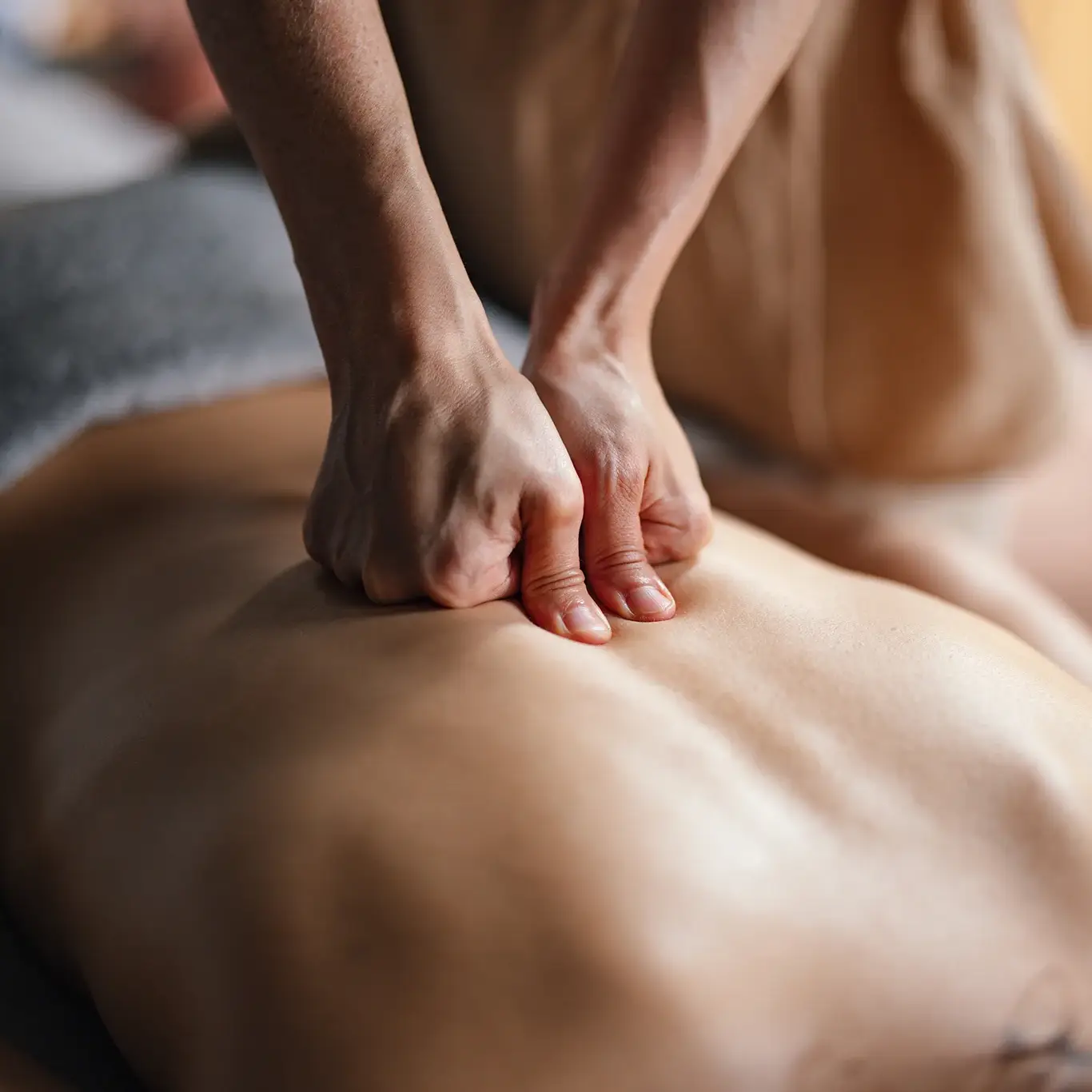
Types of Massage
Brief descriptions of the different types of massage taught by the Western School are given below, but whatever style is being used, there are a wide number of possible beneficial effects which may be experienced by the recipient.
• release of tight, tense muscles
• reduction or elimination of aches and pains
• increased range of motion
• reduction of stress, anxiety, lethargy, depression
• improved sleep patterns
• increased energy and sense of vitality
• enhanced sense of well-being
Swedish Massage
The development during the 19th century of what we now know as Swedish massage is often credited to Per Henrik Ling, a Swedish fencing master and Johan Georg Mezger from Denmark. This is regarded as the most common form of massage. Focusing on the musculo-skeletal system and using recognised movements to manipulate the soft tissue of the body, aiming to reduce muscle spasm and relieve pain and tension. As well as affecting each of the physiological systems of the body, Swedish Massage also can have a psychological effect of either invigoration or relaxation, that feel good factor.
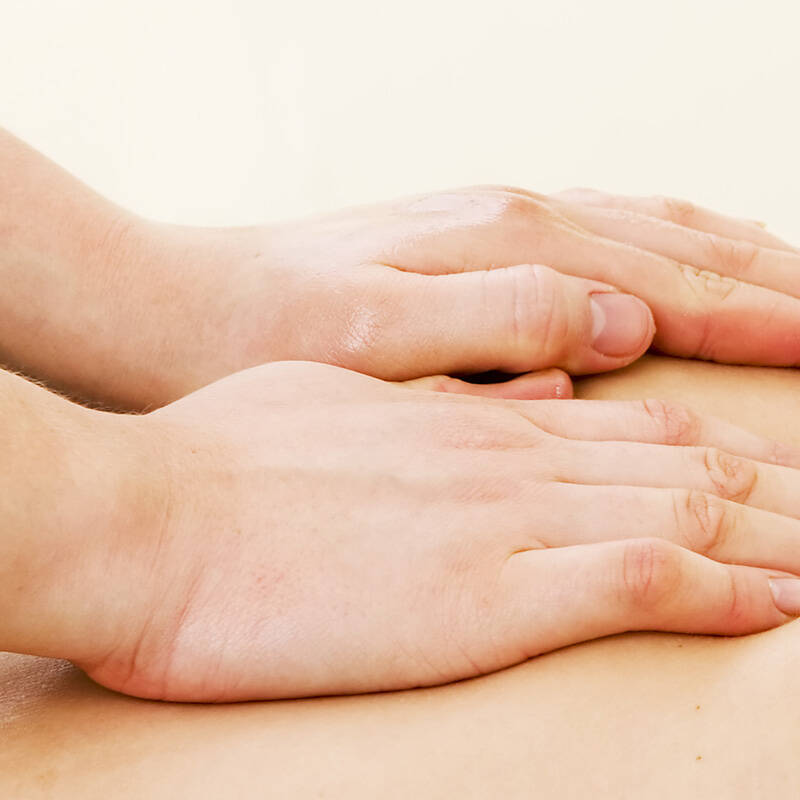
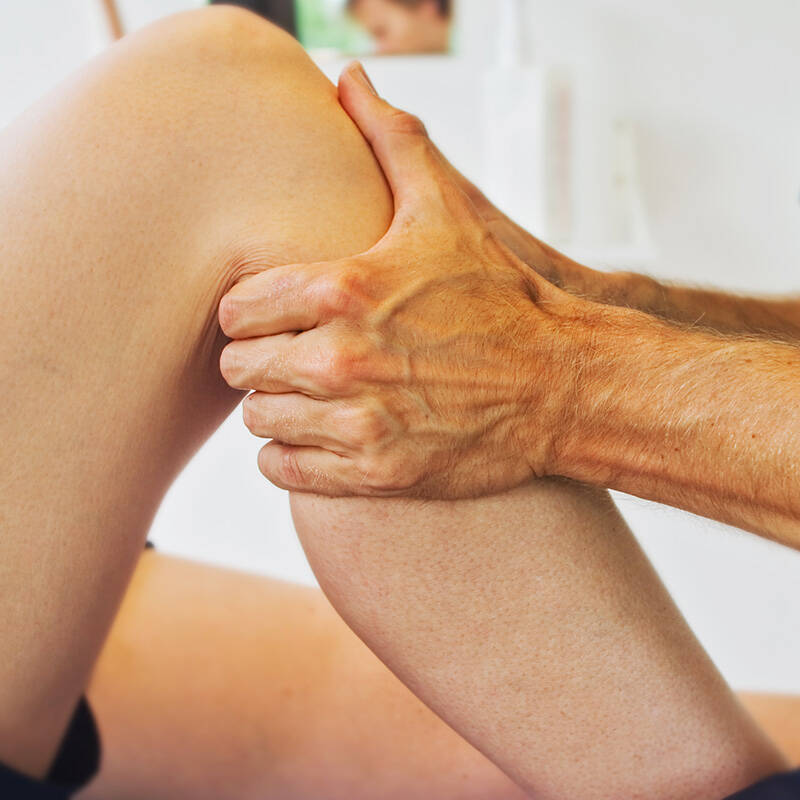
Remedial Massage
The Remedial Therapist, who will be initially qualified at a similar Professional Diploma level to Western School’s Swedish Massage course (or equivalent), becomes more of the detective and the focus of the desired outcome becomes more specific. Using a structured testing protocol enables the therapist to identify specific conditions and problems, e.g. muscle strain, ligament sprain, frozen shoulder, carpal tunnel syndrome, tennis elbow, etc. In addition to Swedish Massage strokes, additional Remedial techniques are used to ensure the most beneficial outcome, e.g. myofascial release, neuromuscular (MET, PNF) and trigger point work and active, passive and resisted movements.
Sports Massage
The Sports Massage therapist will use Swedish and Remedial Massage techniques to address situations particular to the sports setting. Conditions may present more in the acute, rather than the chronic, stage but treatment can be both preventative as well as therapeutic. Sports Massage can be used for athletes during warm-ups and cool-downs, as part of a training regime, in pre-, inter- and post-event settings or as part of the rehabilitative process following injury.
The objectives of Remedial Massage are to:
Reduce pain, increase range of movement & restore appropriate balance.
The objectives of Sports Massage are to:
Reduce pain, increase range of movement & restore as well as appropriate balance, support the sportsperson during training, enhance athletic performance, reduce injury time & reduce risk of re-injury.

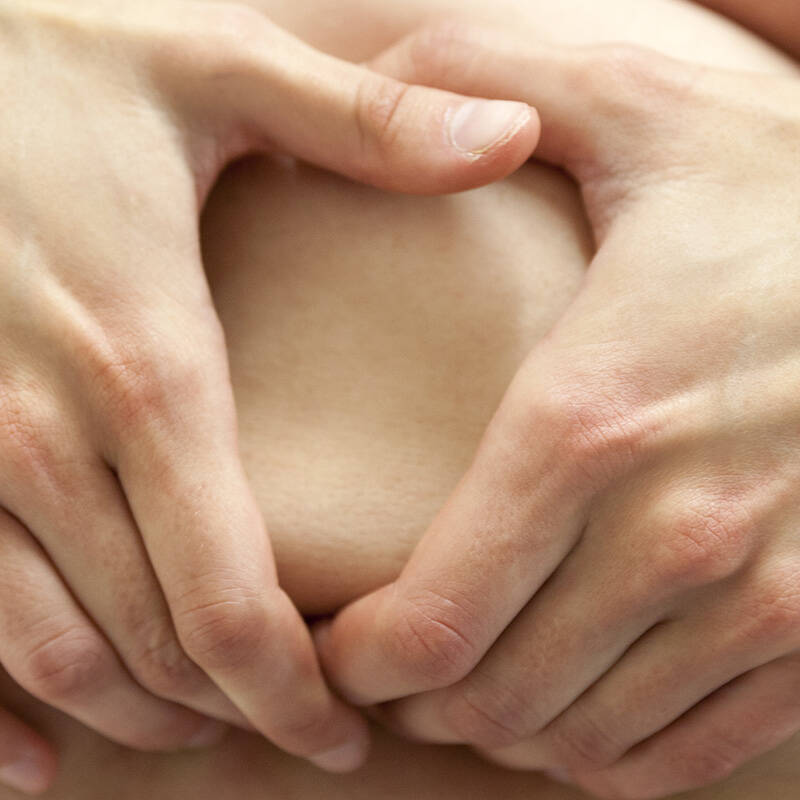
Advanced Remedial Massage
We offer additional CPD workshops in Advanced Remedial Massage Techniques. The Therapist will already be qualified in both Remedial and Sports massage (at similar level to Western School training) and currently a working Therapist – working either from home, in their own clinic, or for a sports club, gymnasium or chiropractic clinic. Our comprehensive workshops include: In depth relevant anatomy study, patterns of function and disfunction, common conditions, lesions & protocols, advanced examination and muscle testing techniques. Using techniques such as : myofascial release, muscle energy techniques (MET), strain/counterstrain, PNF & neuromuscular techniques, pin & stretch & structural alignment.
On-site seated Acupressure Massage
We offer a Western School Professional Certificate in (Onsite) Seated Acupressure Massage (SAM). This can be a highly effective form of massage based on traditional Japanese techniques, which you may have seen in airports, shopping centres and many businesses offer this for their staff, with benefits for the client, the employer and the therapist.
During the On-Site sequence, or Kata, the client is firstly relaxed and then re-energised by working on pressure points on the back, head, shoulders, arms and hands, many of which correspond to where an acupuncturist would place a needle.
A typical session will take around 15 to 20 minutes and usually utilises an ergonomically designed chair.
